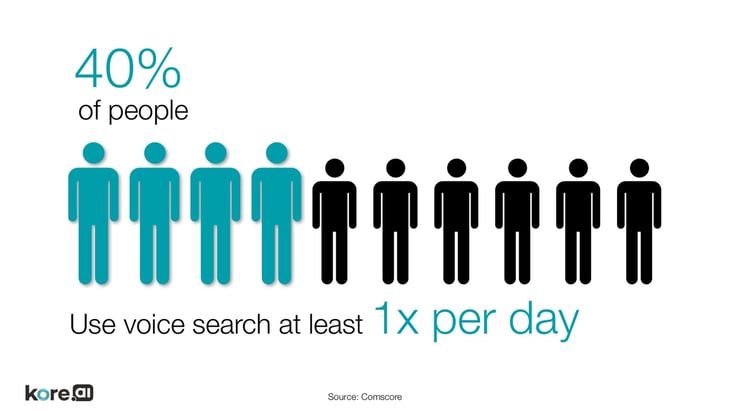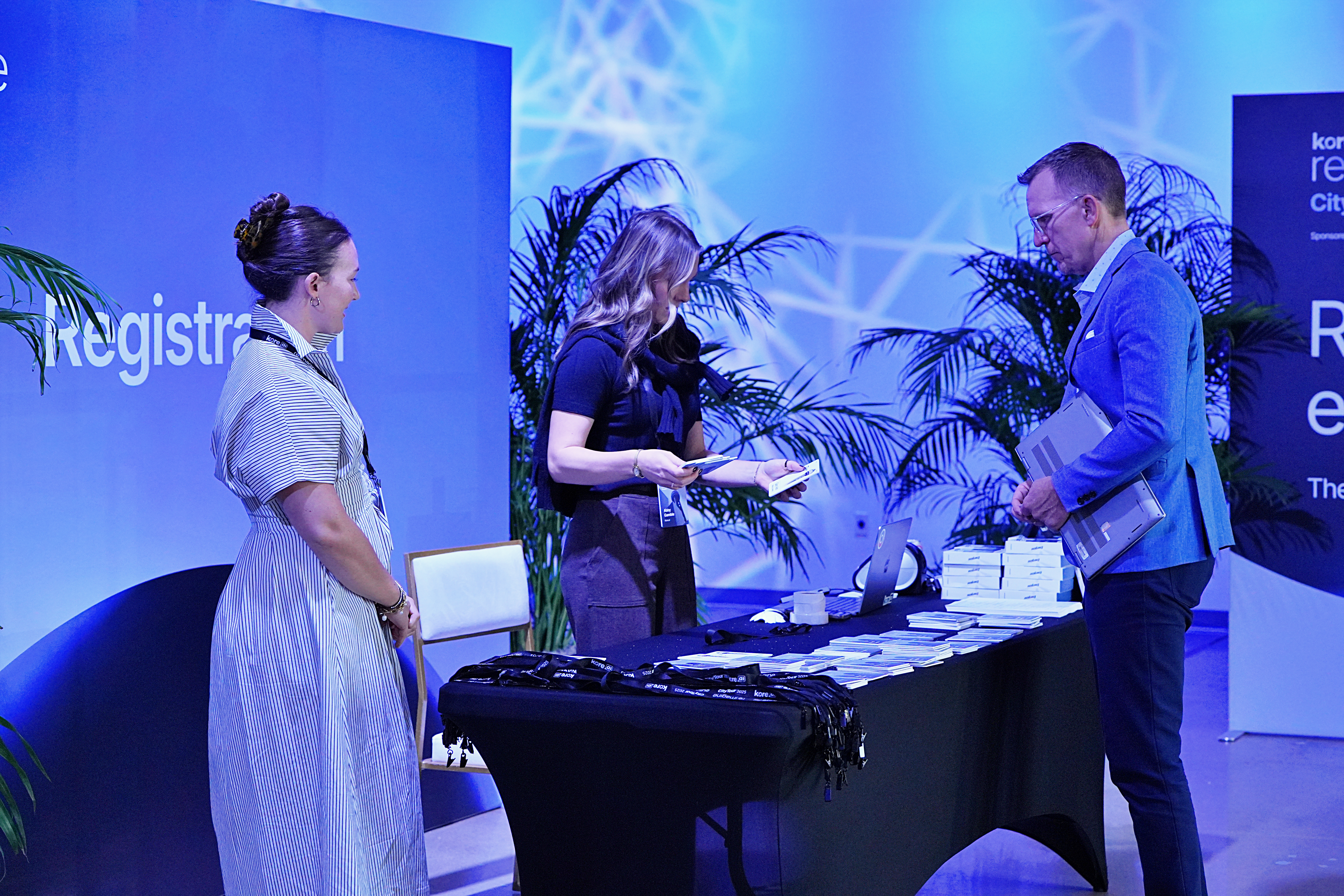Stats never tell the whole story, but they can certainly help add valuable context to it. The story of chatbots for the enterprise is an evolving one, but as advancements in natural language processing, artificial intelligence, and machine learning capabilities continue to collide with a real and demonstrable necessity to personalize and simplify the way we currently interact with our apps, devices, websites, etc., chatbots will continue to be the main character in the next wave of business innovation. And, to quiet some of the skepticism, we’ve got some stats to prove it.
Why do we need chatbots?
In short, it’s become too inconvenient, too complex, and too impersonal get work done and do business with the current abundance of enterprise and consumer technology. Technology has been designed to help, and in some cases it absolutely does, but the problem is the technologies compound on each other, are not always user friendly, and don’t always integrate seamlessly. The result? Communication chaos, and billions of dollars in lost in productivity across industries, suffering customer service, and more.
- IDC research shows in 2019, enterprises will spend $2.1 trillion on technology services to implement and manage digital transformation initiatives.
- According to ServiceNow, productivity drain on internal functions is costing U.S. companies 2 days per week on administrative tasks which equal $575 billion per year, or the equivalent of 3.3% of the national GDP. The same survey found that 8 in 10 companies still use unstructured manual tools such as email, spreadsheets, and even personal visits to drive routine processes.
- According to Salesforce, 42% of service agents are unable to efficiently resolve customer issues due to disconnected systems, archaic user interfaces, and multiple applications.
- According to a 2016 survey by NewVoiceMedia, published by Forbes, businesses are losing $62 billion per year through poor customer service, up $20 billion since 2013.
Also Read: Analytics in Conversational AI |

The technological wave is moving toward conversational UI.
Obviously, there is plenty of evidence to justify that the app era has reached a point of diminishing returns, but there’s arguably even more evidence that points to not just a shift in the types of technological solutions businesses and consumers invest in, but the way we interface in general with our technology. The Internet of Things is moving rapidly toward conversational (talk and text), or natural language interfaces, because it’s simply the preferred way we all communicate now. People are already using text and talk functionality in various ways at work and at home, and adopting it at rates far higher than app adoption and other traditional communication. So it’s only “natural” to assume our tech should mirror life.
Also Read: Bots Make Data-Driven Analytics and Insights a Reality for All Decision Makers |
- Humans can speak 150 words per minute vs. type 40 words per minute.
- 98% of iPhone users have used Siri, and Amazon sold 4.4 million Echo units in its first full year of sales.
- According to Search Engine Watch, Google voice search queries in 2016 were up 35x since 2008.
- According to eMarketer, messaging apps were used by over 1.4 billion people worldwide in 2015, and is expected to hit 2 billion by 2018.
- According to Business Insider, the average millennial exchanges 67 texts per day.
- In an Eweek survey, 80% of respondents use text for business, and 15% said more than half of their messages are for business purposes.
The arrival of chatbots.
The convergence of all of the aforementioned factors led to a bot boom at the beginning of 2016, and it’s only picked up steam in 2017. We’re starting to see more and more enterprises devote major innovation resources into bots and use them in all sorts of ways, which you can get a glimpse of here. And even though the market is growing, it still hasn’t even hit puberty in terms of maturity, which means full maturation of this technology is yet to come.
Also Read: Powerful Bot Analytics Lead To Intelligent Chatbots |
- 67% of consumers worldwide used a chatbot for customer support in the past year.
- Just Eat launched a chatbot in September of 2016 that drove a 266% higher conversion rate than interacting with the average social ad in November, 2016.
- The number of countries that Facebook messengers are using chatbots in reached 200 in 2016.
- According to Business Insider, 80% of businesses want chatbots by 2020.
- According to Gartner, chatbots will power 85% of all customer service interactions by 2020, and the average person will have more conversations with bots than with their spouse.
Learn more about what Kore.ai is doing to contribute to the chatbot story via our enterprise-grade Bots Platform and AI-rich solutions.











